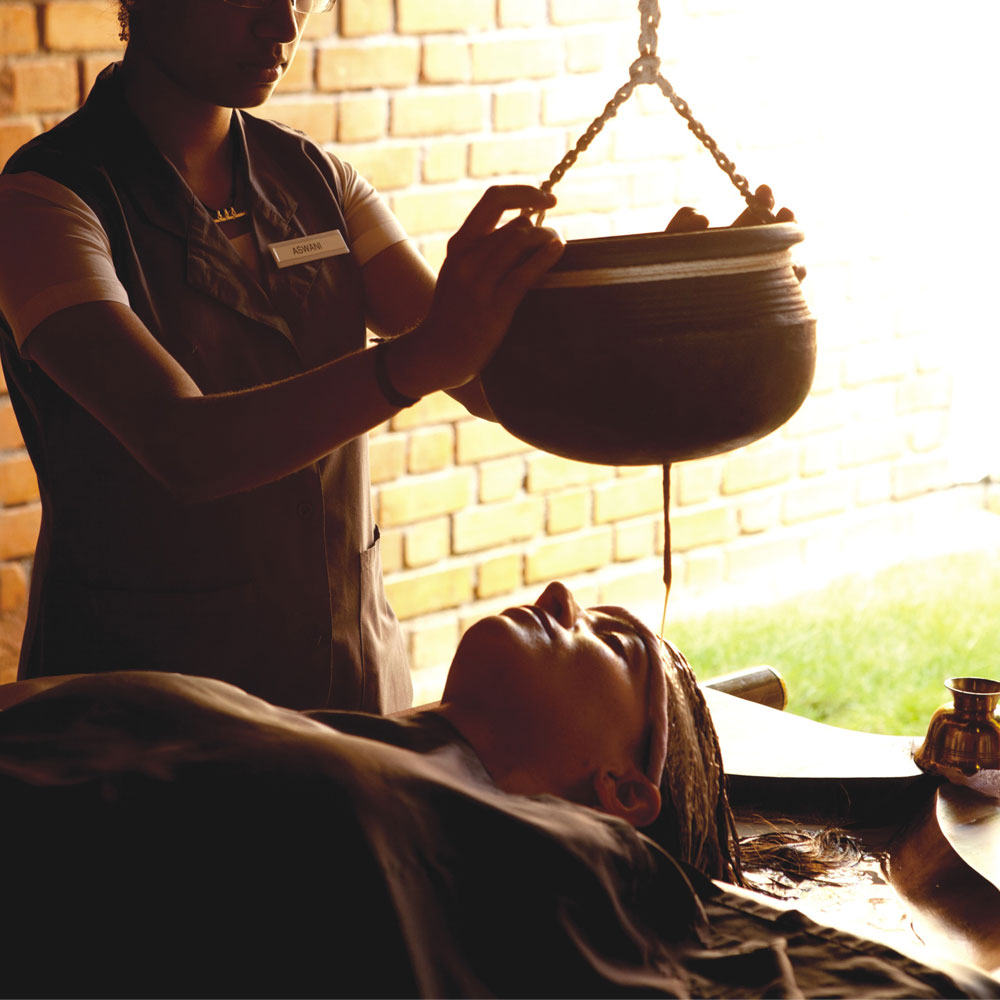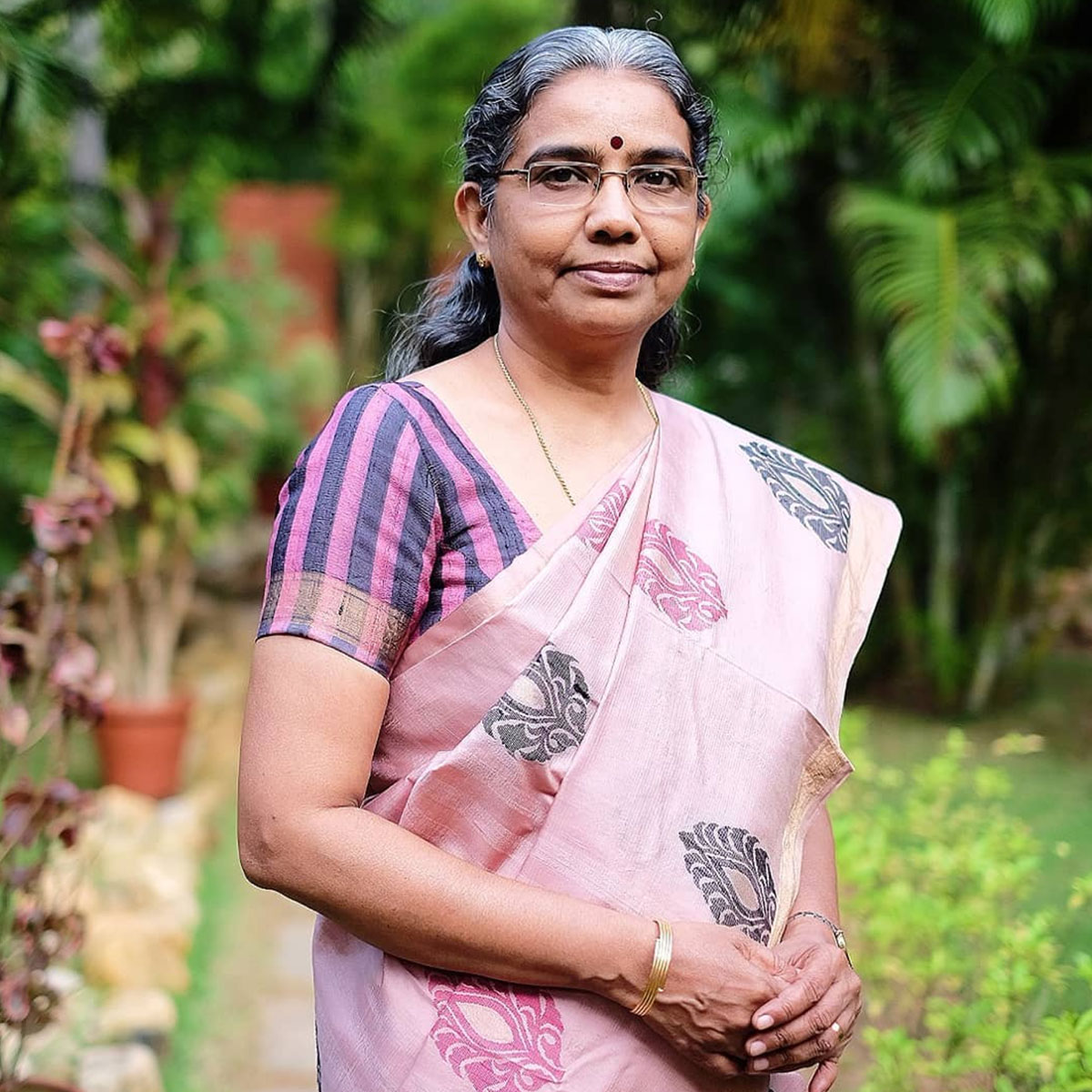Eye is one among the sense organs which acts as a window to the external world. According to Ayurveda all the sense organs are having the predominance of one of the ‘Panchamahabhootha’ or the five elements. ‘Akshi’ or eyes are having a fiery nature due to the predominance of ‘Agni’ or fire which helps with vision. Due to this reason the eyes always crave for coolness which provides it comfort. Disorders of eyes are of wide range and their treatments also of a wide variety including both internal medications and external therapies. These external therapies for eyes are known as ‘Kriyakalpas’.
‘Kriyakalpas’ in general have several advantages over internal medications as they bring the medicines in direct contact with the affected area and also ensures that the medications do not undergo systemic digestion as in the case of internal medications. ‘Anjanam’ is procedure in which medicine is applied to the inner aspect of the eyes on the lower eyelid. This procedure is not only beneficial in preventing several eye disorder but also in preventing them.
‘Anjanam’ is done in persons who have undergone the cleaning therapies like ‘Panchakarma’ and having conditions such as excessive lacrimation, itching and swelling in eyelids, stickiness and thick discharge from the eyes. It is generally contraindicated in people who have exerted or tired eyes, who are subject to alcoholism, are angry or fearful and suffering from fever or severe disorder of head.
‘Anjanam’ is classified into several types based on the medications used or the intended action of the procedure. ‘Anjanam’ can be performed using ‘Gutikas’ or tablets, using medicines prepared by minerals and using herbal powders. It can be performed to have a scraping or purifying effect, for a healing action or for a generalized rejuvenating effect to the eyes.
This procedure is usually done using a small thin rod like instrument made up of metal, glass or fiber and is known as a ‘Shalaka’. Alternatively even the tip of a finger can be used instead of a ‘Shalaka’. Once the patient is made to sit comfortably and the eye lids are retracted. The medicine is applied from the inner canthus to the outer canthus on the lower lid in a uniform manner using the ‘Shalaka’ or using fingertip. The patient then can close the eyes and move around the eyeball for the even spreading of the medicine for proper action.
Excess medicine is wiped of using a clean piece of cloth. Once the medicine starts acting the eyes get discharges and ‘dosha’ which drains out. Once the complete drainage happens the eyes are washed. This treatment is not done in the night, during sleep, when tired or during extreme heat. Proper action of the procedure provides clarity and lightness to the eyes.

